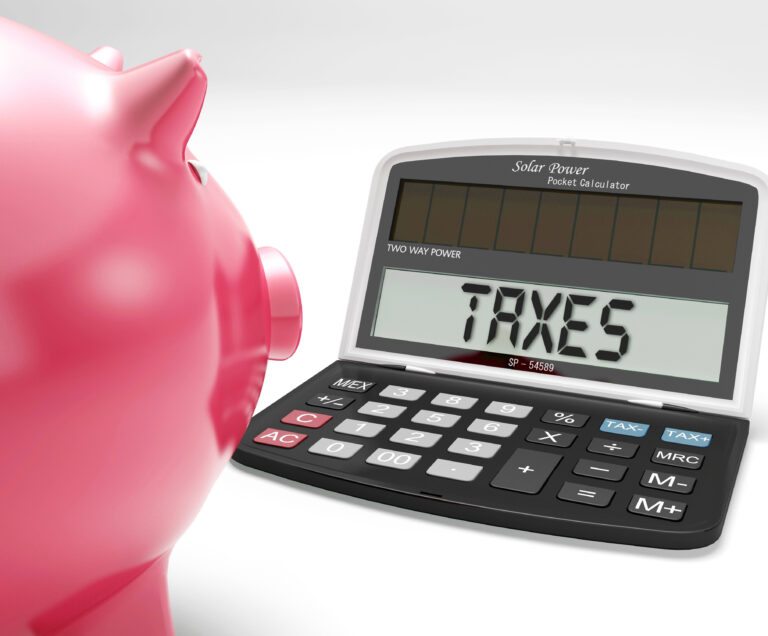The R&D tax credit can be a valuable tool for businesses looking to invest in innovation and design. However, not all expenses involved with product development result in an earning of this benefit.
The Tax Court has ruled that a clothing manufacturer could not claim the R&D tax credit for its process of designing garments.
The TC Memo 2021-37, 3/29/71, was released this week in response to an appeal from Max Manufacturing Company regarding their incorrect eligibility determination made when filing taxes last year. It turns out they didn’t qualify for the tax credit because while some aspects were indeed research-based, such as selecting fabric types or pattern making certain cuts on mannequin bodies before final assembly, other steps weren’t related enough by broadly defined standards set forth within Internal Revenue Code Section 43(a)(1).
The R&D credit is a popular way to reduce taxes, and it’s usually available for 20% of qualified research expenses. The base amount can be up to 16%. Even if you meet this requirement, your credit cannot be less than 50% of the annual qualified research expenses.
Another option offered to businesses is to use a “simplified credit” based on 14% of the amount by which qualified expenses exceed 50%.
To be eligible for the Research and Development credit, a business will need to meet four requirements:
- The project must be scientific in nature and directed toward increasing technological knowledge.
- The project must be undertaken as part of the taxpayer’s trade or business and be related to creating a new business component or improving an existing one.
- Work must always begin with uncertainty about whether a project will be completed successfully.
- The process of discovery should involve testing alternatives and resolving this uncertainty.
The taxpayer, in this case, emigrated from the former Soviet Union and became a successful clothing designer in Los Angeles. His firm designed, developed, produced, and sold garments under numerous brands and clothing lines. The clothing lines were sold in retail stores catering to different customer tastes and preferences, and each line was designed with specific criteria.
The fashion team would produce new collections to retail stores that occasionally demanded particular garment styles every month. The design team is always on standby for retailer requests and design, creating custom-made clothing specifically for each store.
The firm is a well-oiled machine for designing and developing garments. They have metrics in place for every stage of the process, from conceptualization through production. There are many components to this structured process: planning, design sketches, pattern cutting, samples, fitting, production, prototypes, and final product.
The pre-production process was not without its challenges. Employees had to address various issues with the designs and structures for their garments. However, the Tax Court denied the R&D tax credit because it determined that these activities were more related to style and taste—not research. The work wasn’t technological, making this particular project non-eligible for the Design Expense Tax Credit.
As a tax professional, you can create a winning strategy to take advantage of the IRS’ four tests for R&D credit by documenting your company’s expenses. But be prepared for any challenges from within or outside your organization.



